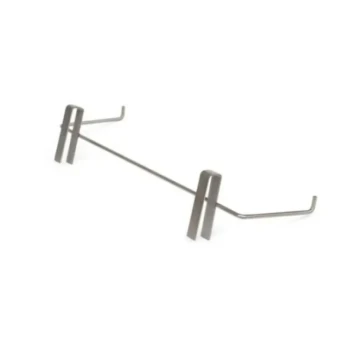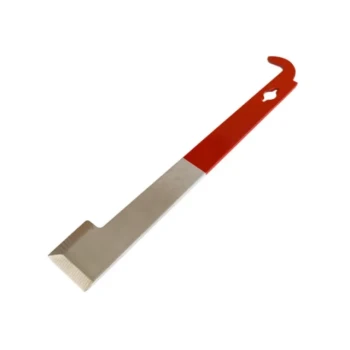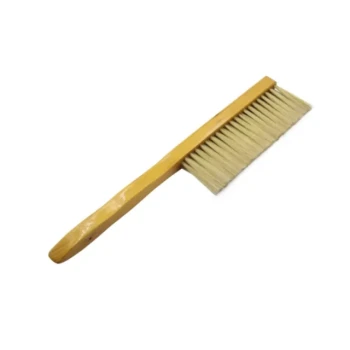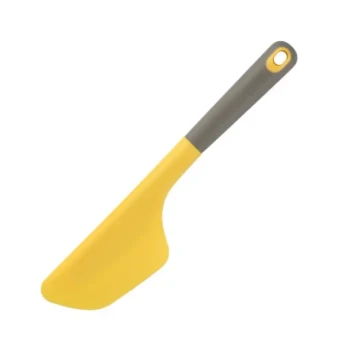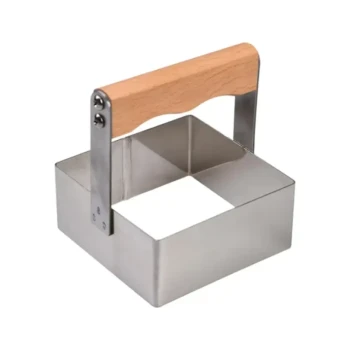To find the best place for your bees, you must balance their environmental needs with practical considerations for safety and access. The ideal location provides partial shade, a southern-facing entrance, protection from strong winds, a nearby water source, and good drainage, while also being situated away from high-traffic areas and property lines.
The search for a "perfect" apiary site is often a lesson in compromise. Your goal is not to find an impossible ideal, but to choose a location that best balances the essential needs of the bees—sun, water, and shelter—with the practical needs of the beekeeper—access and safety.
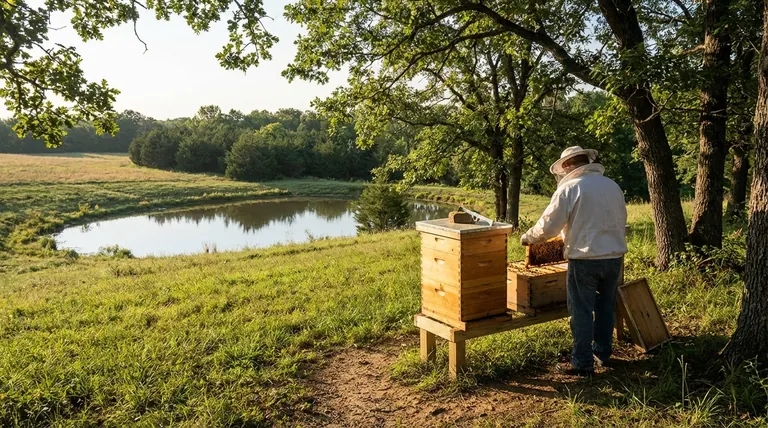
Prioritizing the Hive's Core Needs
A well-chosen location directly impacts your colony's health, temperament, and productivity. Understanding why certain factors matter is the key to making an informed decision.
Sunlight and Temperature Regulation
A hive's location profoundly affects its ability to manage its internal temperature.
Proper sun exposure is crucial. Placing a hive with its entrance facing south or southeast ensures it receives early morning sun, which warms the hive and encourages foragers to start their work earlier in the day.
However, full, all-day sun can be detrimental, especially in warmer climates. Partial or dappled afternoon shade helps the colony avoid overheating during the hottest part of the day, reducing the stress and energy bees must expend on cooling the hive.
Access to Water
Bees require a consistent and reliable water source, often in greater quantities than beginners realize.
Water is used to cool the hive through evaporative cooling and to dilute honey for feeding to larvae. A source within a few hundred feet is ideal, such as a pond, stream, or even a dedicated birdbath with stones for the bees to land on. Without a close source, bees will find their own, which might be your neighbor's swimming pool.
Protection from the Elements
Protecting the colony from harsh weather is non-negotiable for its survival.
Wind protection is a top priority. A natural windbreak, like a line of trees, a hedge, or a building, shields the hive from cold winter winds that can drain its energy reserves. It also makes landing easier for returning foragers.
Good drainage is also important. Placing hives on a gently-sloping hillside or on a hive stand prevents water from pooling around the hive's base, which helps keep the interior dry and free from mold.
The Beekeeper's Practical Considerations
A site that is perfect for bees but impossible for you to manage is a poor choice. Your own safety and convenience are critical components of a successful apiary.
Ensuring Easy Access
Remember that you will be carrying heavy equipment to and from your hives. Supers filled with honey can weigh 50 pounds or more.
Ensure you have a clear and reasonably level path to your apiary. You should be able to comfortably access it with a wheelbarrow or garden cart.
Maintaining Good Neighbor Relations
Positioning your hives thoughtfully can prevent conflicts with neighbors.
Place hives away from property lines and ensure the primary flight path (the area directly in front of the hive entrance) does not cross into high-traffic areas like patios, playgrounds, or walkways. A tall fence or hedge can force the bees' flight path upwards, above head height.
Safety and Security
Finally, consider the security of your hives. They should be placed in an area with low foot traffic to minimize disturbances.
If you live in an area with predators like skunks or bears, you must take additional steps. Placing hives on tall stands can deter skunks, while an electric fence may be necessary to protect your colonies from bears.
Making the Right Choice for Your Apiary
Ultimately, the best location is one that serves both your bees and you. Use the following principles to guide your final decision.
- If your primary focus is maximum bee health: Prioritize morning sun, afternoon shade, and a robust windbreak above all else.
- If your primary focus is ease of management: Ensure the site is easily accessible with a cart and located where you can observe it without causing a disturbance.
- If your primary focus is safety and neighborliness: Position the hive so its flight path is directed away from any human or pet activity and is compliant with local regulations.
Choose the best site you have available, and remember that a thoughtful setup is the first step toward a thriving apiary.
Summary Table:
| Factor | Bee's Need | Beekeeper's Consideration |
|---|---|---|
| Sunlight | Morning sun, afternoon shade | Easy access for hive inspections |
| Water Source | Within a few hundred feet | Avoids bees seeking neighbor's pools |
| Wind Protection | Natural windbreak (trees, hedge) | Safe, secure location for equipment |
| Drainage | Sloped ground or hive stand | Clear path for a wheelbarrow/cart |
| Flight Path | Unobstructed entrance | Directed away from high-traffic areas |
Ready to build a thriving apiary? Equip your operation with durable, high-performance beekeeping supplies from HONESTBEE. We are the trusted wholesale partner for commercial apiaries and equipment distributors, providing everything you need for success—from hive components to protective gear.
Contact our expert team today to discuss your wholesale needs and get your apiary set up for maximum health and productivity.
Visual Guide
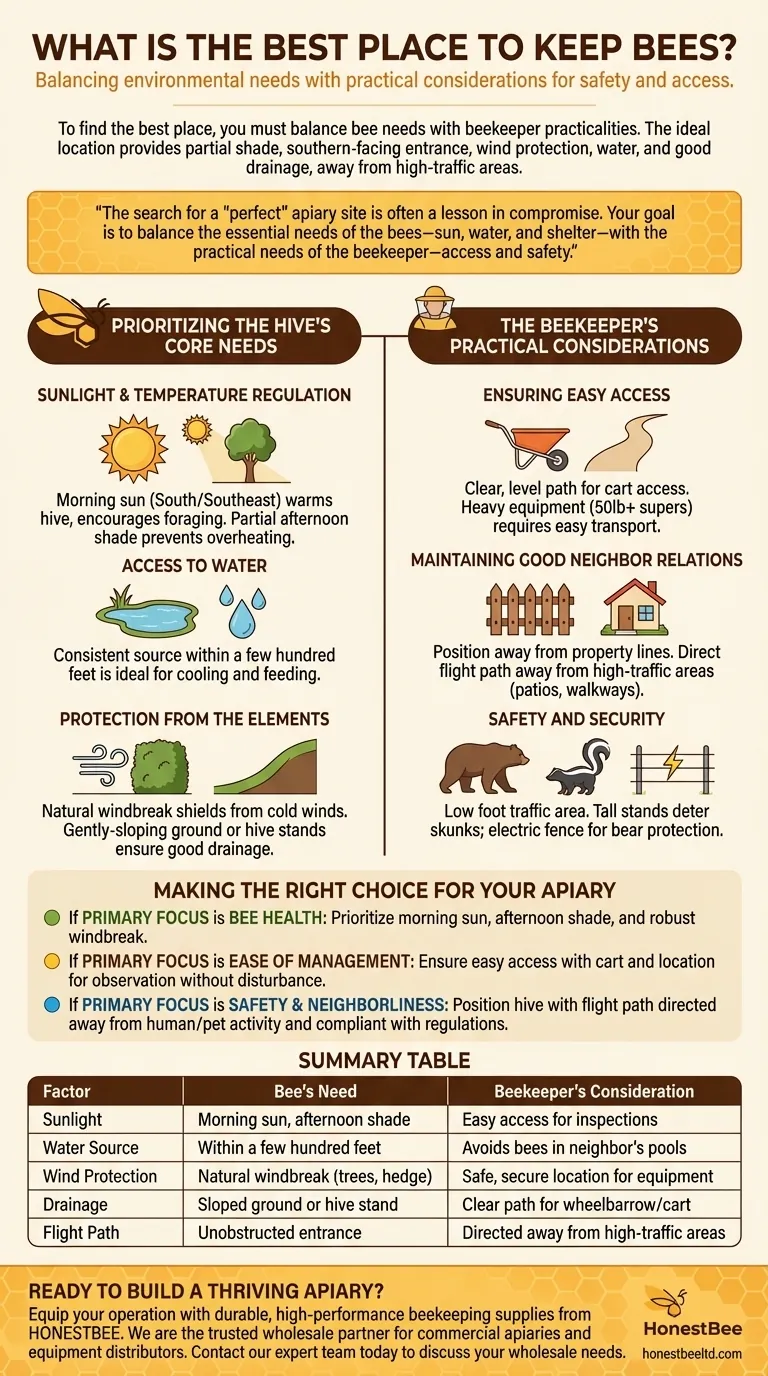
Related Products
- HONESTBEE Advanced Ergonomic Stainless Steel Hive Tool for Beekeeping
- Wholesales Dadant Size Wooden Bee Hives for Beekeeping
- Professional 3-Bar Frame Grip with Integrated Hive Tool
- Long Langstroth Style Horizontal Top Bar Hive for Wholesale
- Yellow Plastic Bucket Pail Perch for Beekeeping
People Also Ask
- What tools are used for cleaning frames? A Beekeeper's Simple 4-Tool Guide
- What is the hole in a hive tool for? A Multi-Tool for Apiary Repairs and Maintenance
- Why do hive tools have a hole? Unlock the Secret to Efficient Beekeeping
- How should beekeepers handle bees when using a hive tool? Master Calm, Deliberate Techniques
- Why is it important to compare the progress of different hives? A Beekeeper's Key Diagnostic Tool





